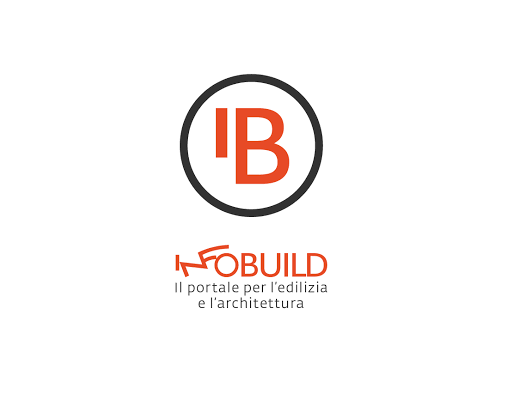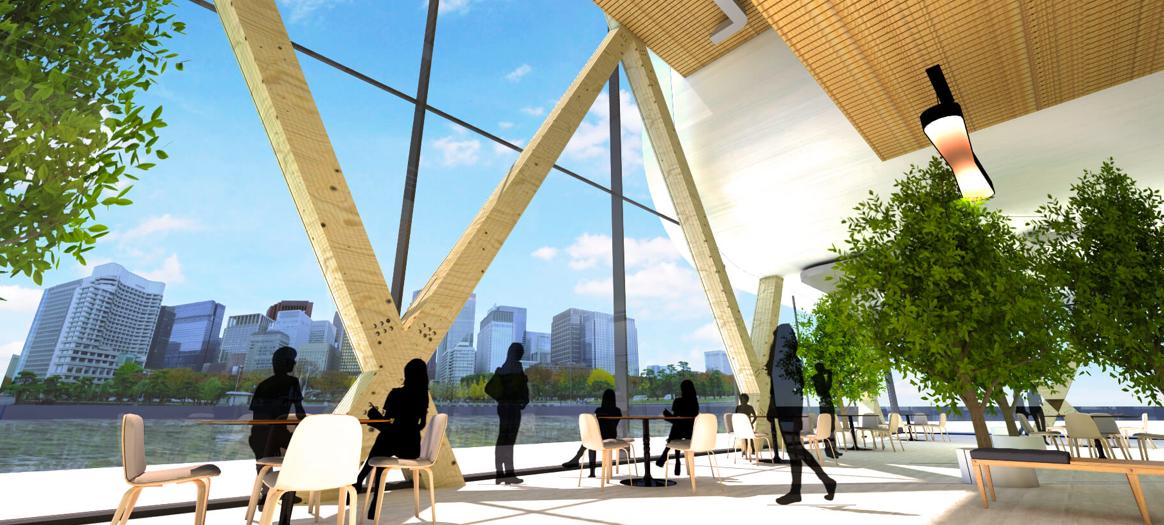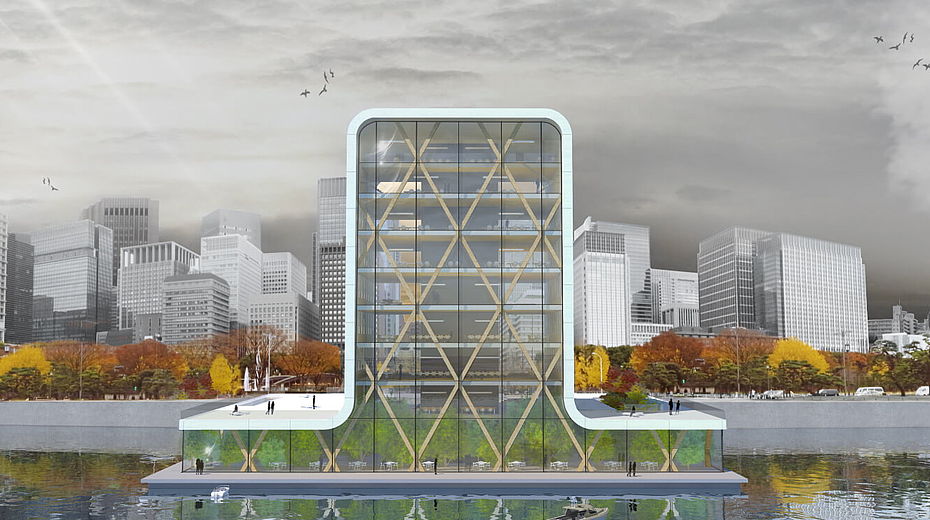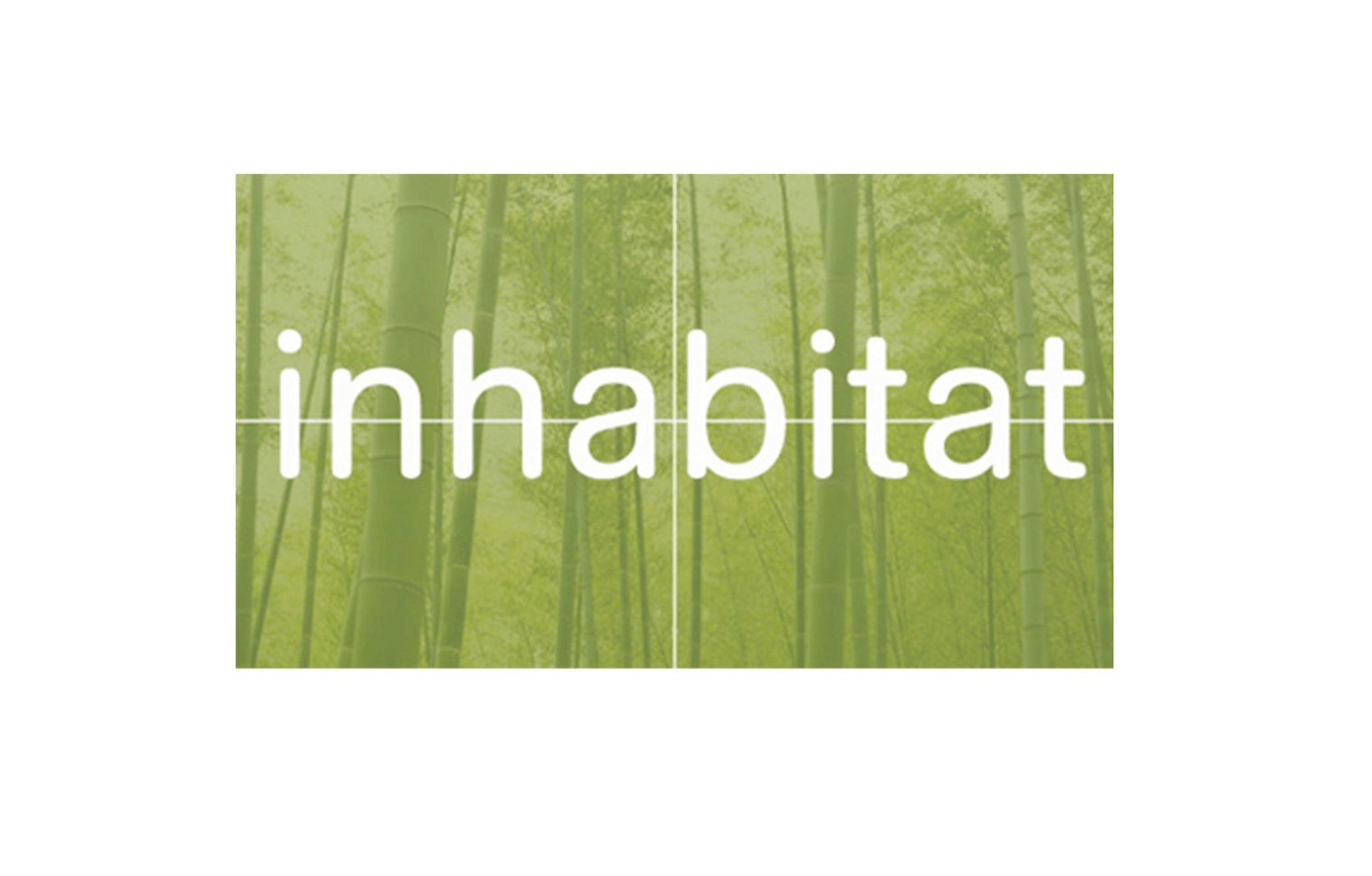Sarà realizzato in legno lamellare a strati incrociati il primo grattacielo galleggiante al mondo. Alto 40 metri, il progetto è unico e innovativo con ampie vetrate per favorire la luce naturale, sarà destinato ad ospitare uffici, spazi verdi pubblici e un ristorante con terrazza.
a cura di Tommaso Tautonico
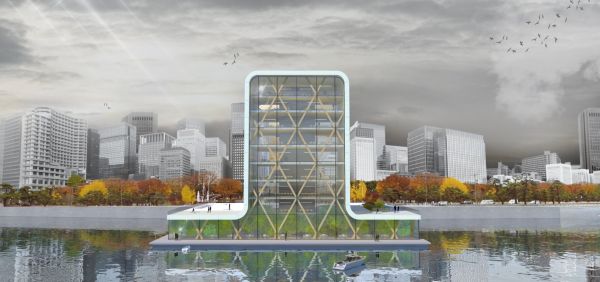
Indice degli argomenti:
Rotterdam, la storica città olandese dalle marcate origine nautiche, ospiterà il primo grattacielo al mondo in legno capace di galleggiare. Progettato dallo studio di architettura e design Waterstudio, già noto per altri edifici galleggianti, l’innovativo progetto è basato sull’uso del legno lamellare a strati incrociati, cross laminated timber (CLT).
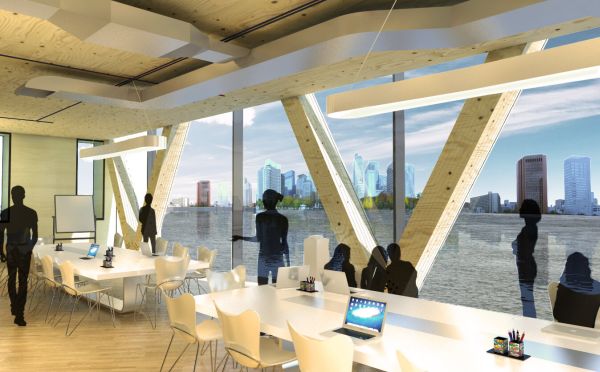
“Perché il CLT è il miglior materiale nell’architetturagalleggiante?– Perché le costruzioni in legno lamellare sono più leggere rispetto alle strutture in cemento. E poi il legno è una risorsa rinnovabile in grado di assorbire le tensioni, offre una ridondanza elevata e permette connessioni duttili” dichiarano dallo studio diretto dall’architetto Koen Olthuis.
Il primo grattacielo al mondo galleggiante
Alta 40 metri, vi starete chiedendo quale segreto si nasconda dietro la sua caratteristica principale: il galleggiamento. “La risposta è molto più semplice di quella che pensate” dichiarano dallo studio. La torre verrà interamente realizzata in legno a strati incrociati, caratteristica che donerà all’intera struttura molta più leggerezza. “Inoltre – continuano i progettisti – costruire con una risorsa rinnovabile come il legno, fornirà alla città di Rotterdam un’immaginesostenibile e all’avanguardia”.
L’architetto Olthuis paragona il design dell’edificio a quello di un foglio di carta i cui lati vengono spinti verso il centro, finché si crea una collinetta, che in questo caso corrisponde al grattacielo.
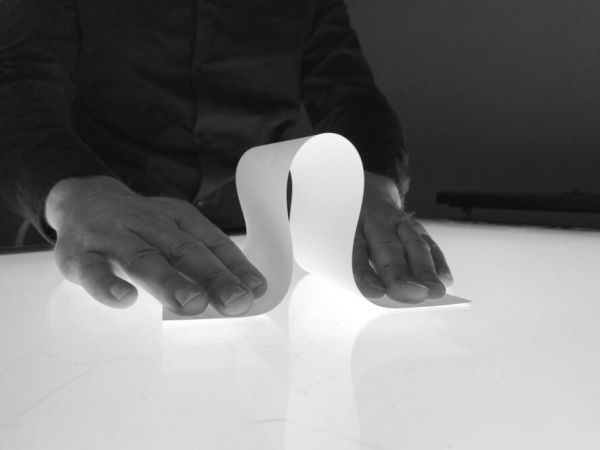
–
Una caratteristica peculiare dell’edificio è la presenza di una serie di colonne V sull’intera facciata, visibili già avvicinandosi alla struttura.
Vegetazione e luce naturale: i valori aggiunti del grattacielo in legno
La torre in legno galleggiante ospiterà principalmente uffici e spazi aperti al pubblico. I primi saranno localizzati nella parte più alta, mentre la zona inferiore e il ponte principale saranno adibiti ad usi diversi come una galleria e un bar. Sempre sul ponte inferiore, un ristorante sarà caratterizzato da una splendida terrazza che offrirà una vista mozzafiato sul porto.
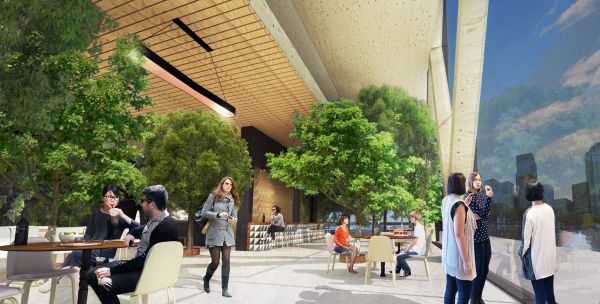
Un lussureggiante cortile permetterà ai lavoratori e ai visitatori di godere di aria fresca e pulita di giorno o di notte. L’intera area è progettata per essere uno spazio multifunzionale in grado di ospitare eventi durante tutto l’anno.
Grandi vetrate delimiteranno entrambi i lati dell’edifico, permettendo alla luce naturale di illuminare gli spazi interni e l’ampio atrio centrale. Un modo semplice ma funzionale per godere della luce naturale nel grigiore del tempo olandese.
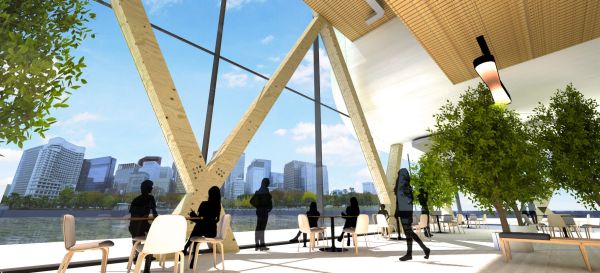
Gli spazi interni ed esterni verranno abbelliti grazie all’abbondante vegetazione che ritroveremo nei giardini e negli orti che puntellano l’intero edificio, sia all’esterno che all’interno. Lo stesso grattacielo sorgerà su una piattaforma ricoperta da piante e alberi.







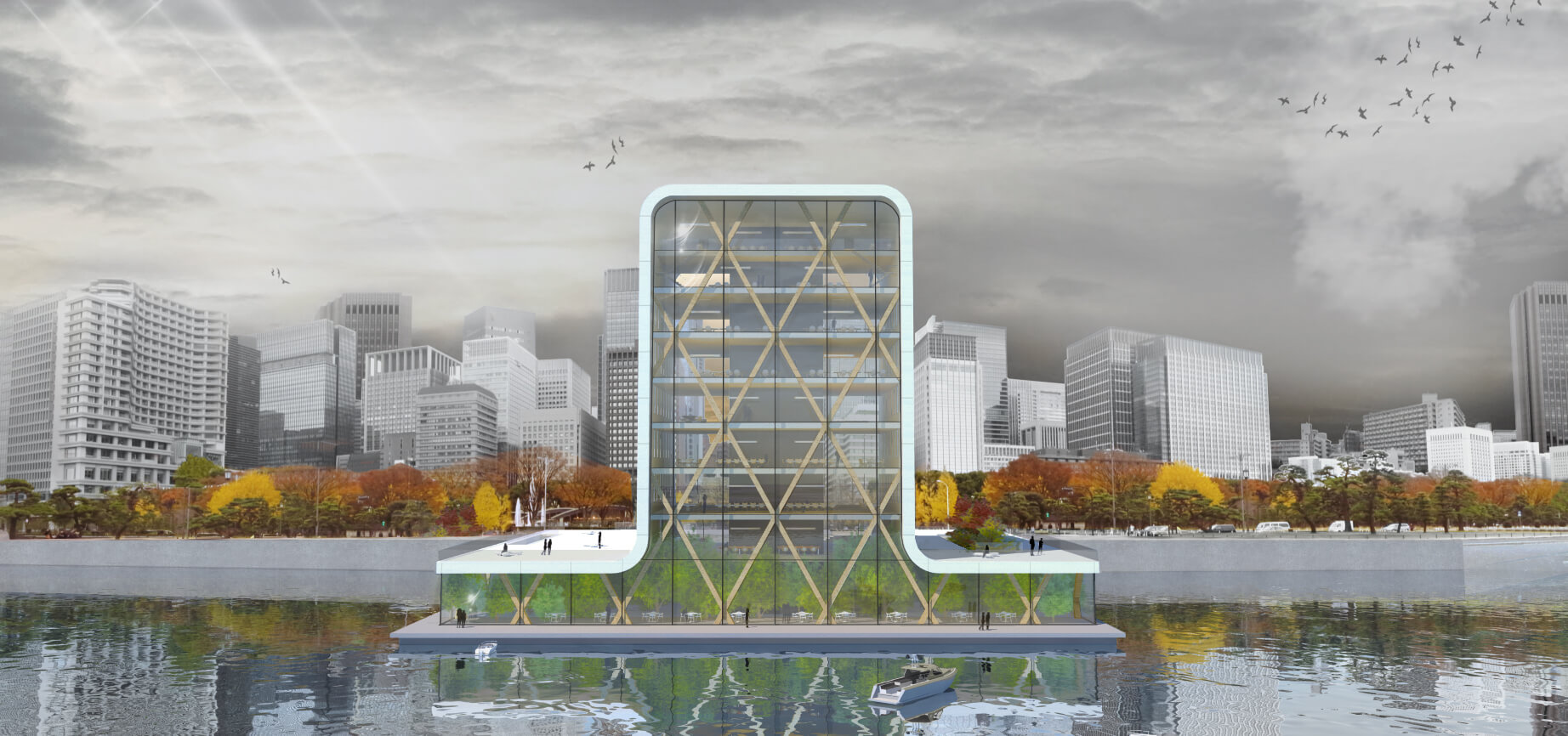
.jpg)
.jpg)
.jpg)
.jpg)
.jpg)
.jpg)
